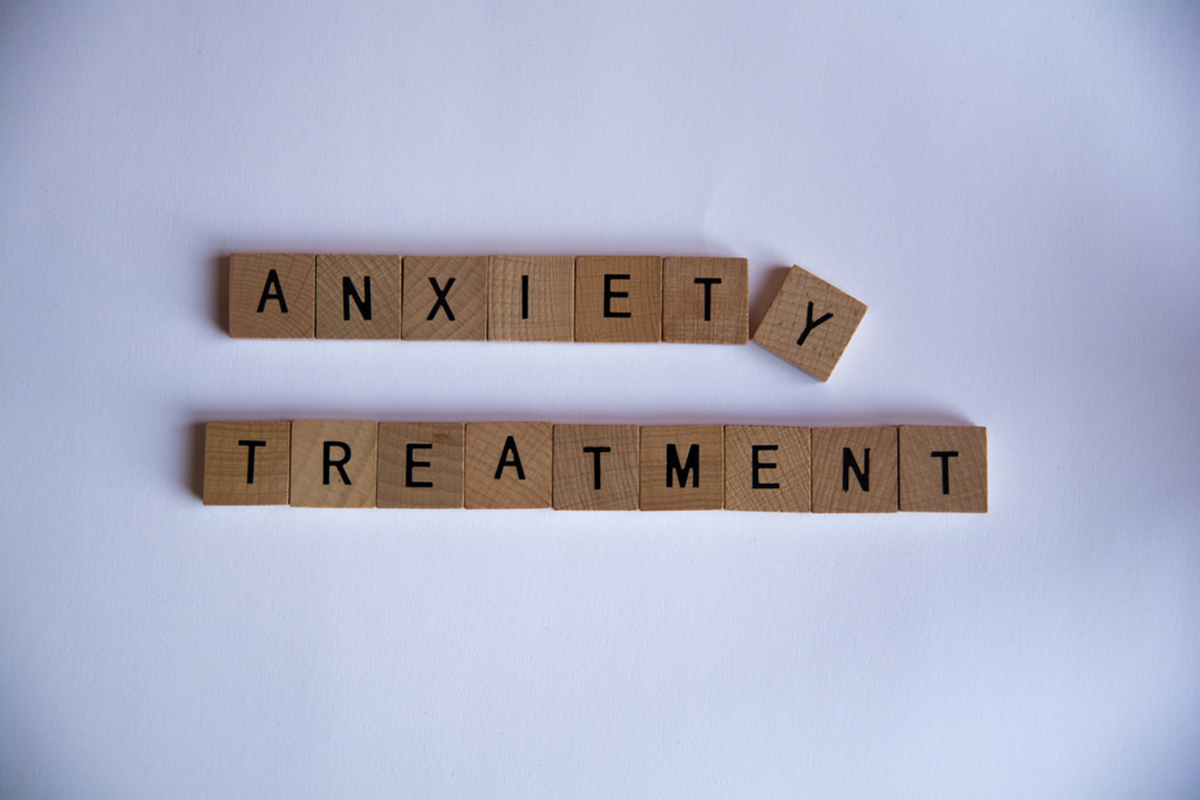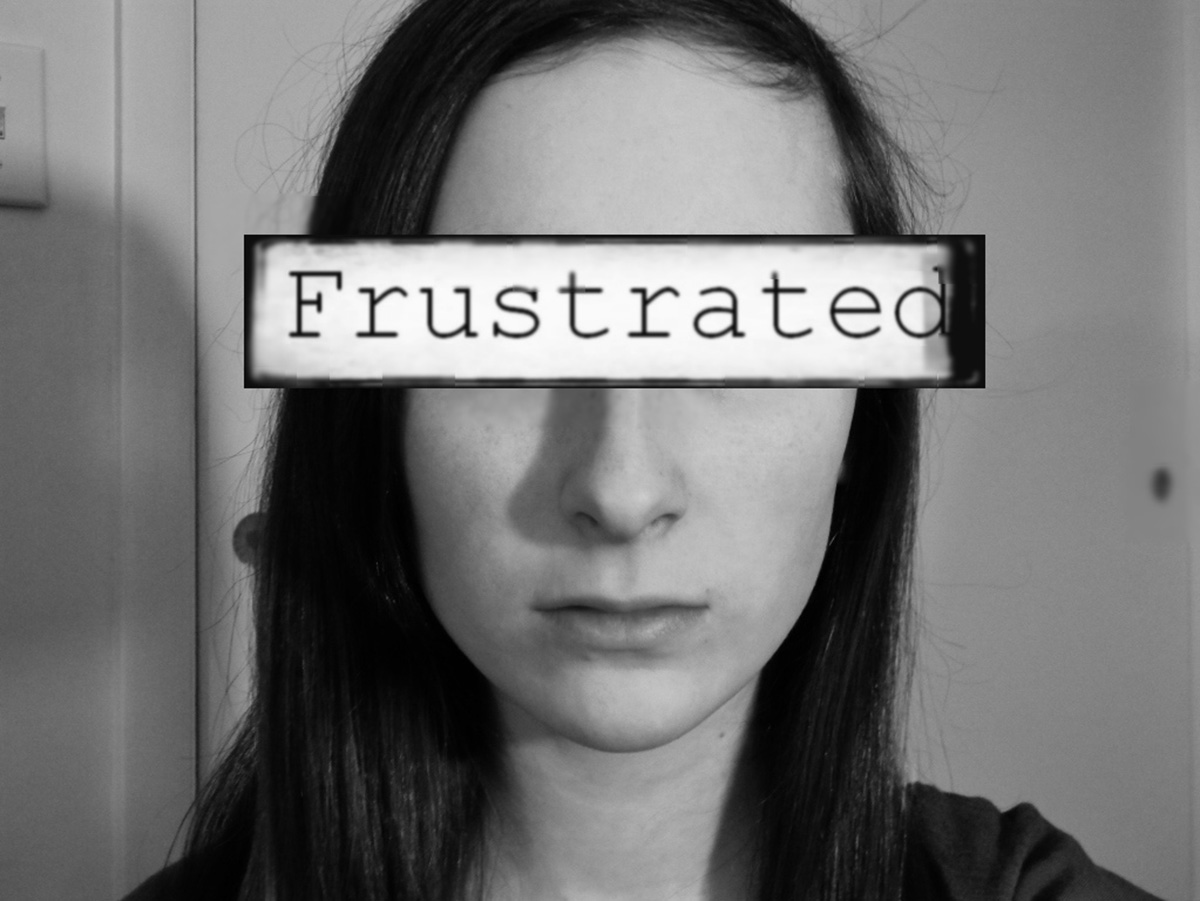There are an estimated 43.6 million adults living with a mental health disorder in the United States. This equates to 18.1% of the population (21.8% of women and 14.1% of men). Clearly, mental health disorders are very common, although their nature and treatment varies widely. Here, we examine the seven most common mental health disorder, and examine how they can be treated.
Anxiety Disorders
Exactly what they say on the tin. Anxiety Disorders are the most common group of mental health disorders, affecting 18.1% of the American population over the last twelve months. Anxiety disorders feature an excessive anxiety that affects the daily lives of the individuals affected. An anxiety disorder is not the same as a temporary reaction to a frightening situation. They are intense, they are long-term, and they only get worse without treatment.

There are several types:
- Generalised Anxiety Disorder: A permanent pervading sense of worry about everything (family, money, work), whether or not there is any need to worry about them. 3.1% of the population experience this disorder.
- Panic Disorder: Repeated attacks of fear and panic. 2.7% of the population experience this.
- Social Phobia: Fear and anxiety around other people. 6.8% of the population experience this disorder.
- Specific Phobia: Fear of a specific stimulus, such as height or spiders. 8.7% of the population experience this.
Anxiety disorders are frequently treated with a mixture of medication (most commonly anti-anxiety medication, but occasionally antidepressants) and therapy. Cognitive Behavioural Therapy is most effective for anxiety. It works to change the individual's way of thinking, teaching them healthy and adaptive thought patterns, and how to react to stimuli in a more healthy way.
Addiction
About 10% of the population over the age of twelve-years-old has an addiction. An addiction is where a person becomes psychologically-independent and feels they need it every day. Drugs, alcohol and gambling are very common addictions.
Treating addiction is very complex. It may involve treatment in a secure unit, where there would be a period of withdrawal. Cognitive Behavioural Therapy is frequently used. In addiction, CBT helps the addicted individual realise what causes them to abuse the substance and alters their thoughts into healthy ones, so their need to abuse the substance will be removes. Family therapy is frequently part of treatment. Addicts cause their families a lots of hurt, and they need to acknowledge that.
Eating Disorder
30 million people in America are suffering with an eating disorder. Eating disorders are not "faddy" eating. They are about a person trying to have some control over their lives through the medium of food. Eating disorders affect people of all backgrounds, and have been noted in people well in to their seventies.
READ Binge-Eating Disorder: The Forgotten Eating Disorder
There are four main types:
- Anorexia Nervosa: Self-starvation through a restrictive diet. May include purging, excessive exercise or use of laxatives. 4% of patients with Anorexia Nervosa will die because of it.
- Bulimia Nervosa: Periods of bingeing interspaced with periods of purging. 3.9% of patients with Bulimia Nervosa will die because of it.
- Binge-Eating Disorder: Periods of uncontrolled bingeing without purging. People with BED may die due to complications of the disease.
- Eating Disorder Not Otherwise Specified (EDNOS): An eating disorder that doesn't meet the characteristics of the above, but has traits such as being obsessive or controlling over food.
Treating an eating disorder can take a long time. In-patient treatment may be required to get the individuals weight back to within normal limits. Antidepressants may be used, as around 50% of patients with eating disorders also have depression. Psychotherapy is a key part of treatment. Usually CBT will be used to alter thought patters into healthy ones, alongside family therapy.
Other Common Mental Health Disorders
Major Depression
Major Depression is found in 6.7% of the American population. It causes severe symptoms that disrupt an individual's ability to eat, sleep or work. The depressed individual can no longer derive pleasure from life, even from the activities that previously brought them joy.
Depression is treated with antidepressants and therapy. Most commonly, the newest antidepressants (selective serotonin reuptake inhibitors, or SSRIs) are used; for example Fluxetine (Prozac); sertraline (Zoloft), paroxetine (Paxil) and citalopram (Celexa). CBT is often used alongside and is particularly effective, helping reframe negative thoughts and allowing the opportunity to interpret interactions in a more adaptive way.
Post Traumatic Stress Disorder
Post Traumatic Stress Disorder (PTSD) can develop after exposure to a frightening incident or the threat of physical harm (such as abuse, rape, a near-death experience, or military combat). People with PTSD have persistent thoughts that seem very real, frequently reliving their experiences as if they are occurring again. They may also feel numb or be easily-frightened. 3.5% of the population has PTSD.

PTSD responds very well to treatment. A course of SSRIs (such as sertraline, otherwise known as Zoloft) may be helpful in the short-term. In the long-term, psychotherapy is used. Several treatments have proved helpful for PTSD: Cognitive Behavioural Therapy, Cognitive Processing Therapy (a specialist therapy used to explore trauma), and prolonged exposure therapy (which engages with the trauma, confronting the source of fear in a safe, therapeutic environment).
Bipolar Disorder
Formerly called "manic-depressive disorder", Bipolar Disorder is experienced by 2.6% of the population. Bipolar Disorder is a mood disorder where there are unusual changes in mood, energy levels and the ability the do tasks. People with Bipolar Disorder have swings of mania (where they may feel either elated or irritable, be full of new projects and talking a mile a minute) and depression (where they feel sad and hopeless and lose interest in life).
There is no cure for Bipolar Disorder. Treatment of Bipolar Disorder requires medication. Treatment usually includes a carefully-planned blend of medication and therapy. Depending on your symptoms, you may be prescribed mood stabilisers (this may be Lithium or an anticonvulsant), atypical anti-psychotics, or antidepressants.
Several therapies are used in Bipolar Disorder. This may be CBT, family therapy, social therapy (which aims to improve your relationships with others and help you manage your life), and psychoeducation (which aims to help you recognise the disorder, so you can be prepared for your symptoms).
READ 3 Healthy Habits for People with Bipolar Disorder
Schizophrenia
Schizophrenia is found in 1.1% of the population. It may feature positive symptoms (symptoms found in people with schizophrenia but not the general population, such as hallucinations or delusions), or negative symptoms (a lack of features found in the general population, such as drive or the desire to form social relationships).
Schizophrenia must be treated with education. Anti-psychotics such as chlorpromazine and haloperidol are frequently used. You must never stop taking medication without speaking to a doctor, even if you feel well again. You may relapse without medication.
Therapy may be used alongside medication, once the patient is stabilised. This will frequently include: psychosocial treatment (learning to communicate with other and take care of themselves), illness management strategies (learning about the illness and how to cope), rehabilitation (vocational training, family education (to help the family cope with their relative's condition), CBT, and self-help groups.
The above seven conditions can all be treated, if not cured. It's just a matter of going to your local doctor and asking for the help you need.
And that can be the hardest thing to do.
- http://www.anad.org/get-information/about-eating-disorders/eating-disorders-statistics https://www.nationaleatingdisorders.org/mortality-and-eating-disorders http://www.nimh.nih.gov/health/statistics/prevalence/any-mental-illness-ami-among-us-adults.shtml http://www.nimh.nih.gov/health/statistics/prevalence/any-anxiety-disorder-among-adults.shtml http://www.nimh.nih.gov/health/statistics/prevalence/bipolar-disorder-among-adults.shtml http://www.nimh.nih.gov/health/statistics/prevalence/generalized-anxiety-disorder-among-adults.shtml http://www.nimh.nih.gov/health/statistics/prevalence/major-depression-among-adults.shtml http://www.nimh.nih.gov/health/statistics/prevalence/panic-disorder-among-adults.shtml http://www.nimh.nih.gov/health/statistics/prevalence/post-traumatic-stress-disorder-among-adults.shtml http://www.nimh.nih.gov/health/statistics/prevalence/schizophrenia.shtml http://www.nimh.nih.gov/health/statistics/prevalence/social-phobia-among-adults.shtml http://www.nimh.nih.gov/health/statistics/prevalence/specific-phobia-among-adults.shtml http://www.nimh.nih.gov/health/topics/anxiety-disorders/index.shtml http://www.nimh.nih.gov/health/topics/bipolar-disorder/index.shtml http://www.nimh.nih.gov/health/topics/depression/index.shtml http://www.nimh.nih.gov/health/topics/schizophrenia/index.shtml https://www.nlm.nih.gov/medlineplus/magazine/issues/spring07/articles/spring07pg14-17.html
- Photo courtesy of practicalcures: www.flickr.com/photos/practicalcures/23362564976/
- Photo courtesy of Martinak15: www.flickr.com/photos/martinaphotography/6912731931/
- Photo courtesy of Martinak15: www.flickr.com/photos/martinaphotography/6912731931/


Your thoughts on this